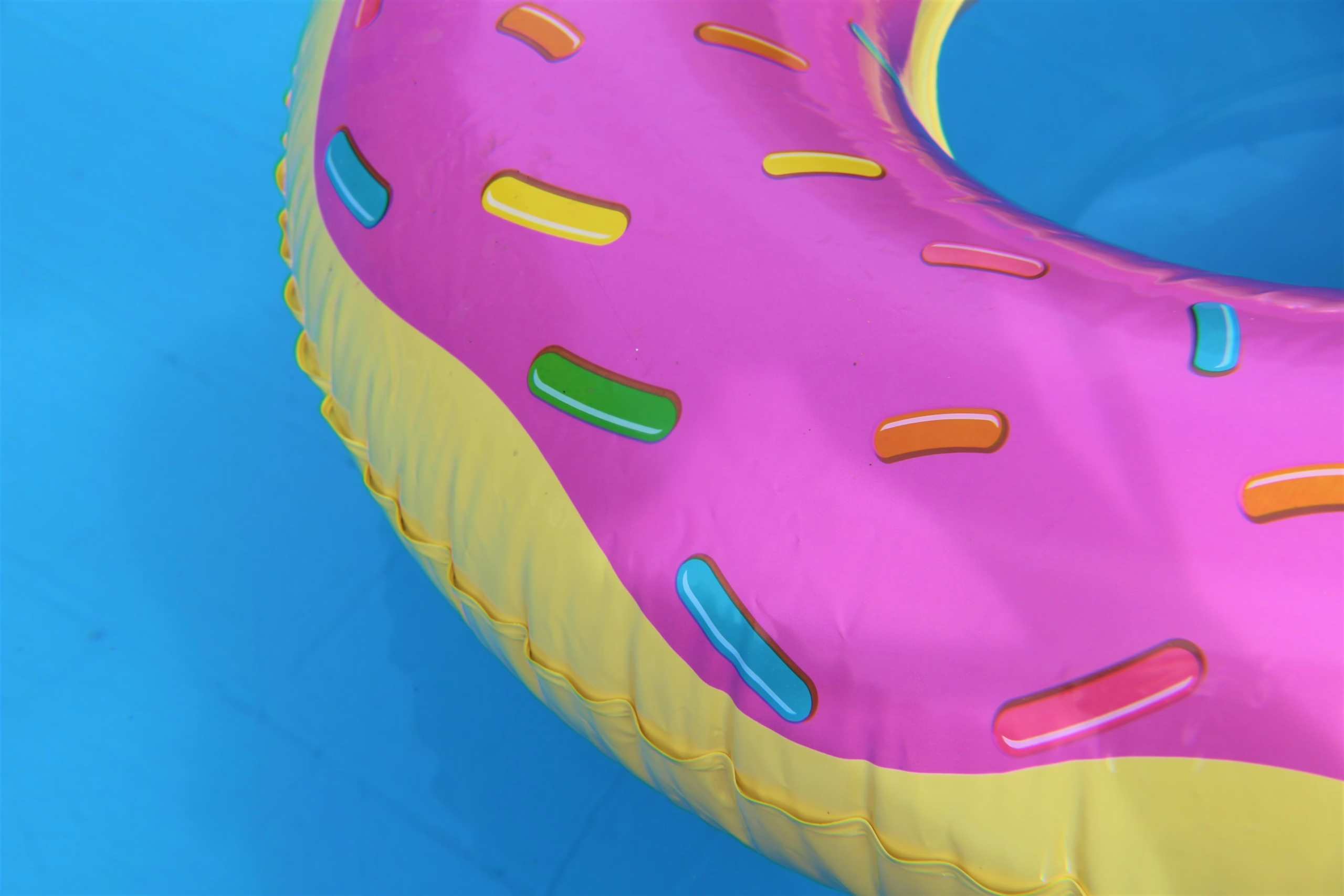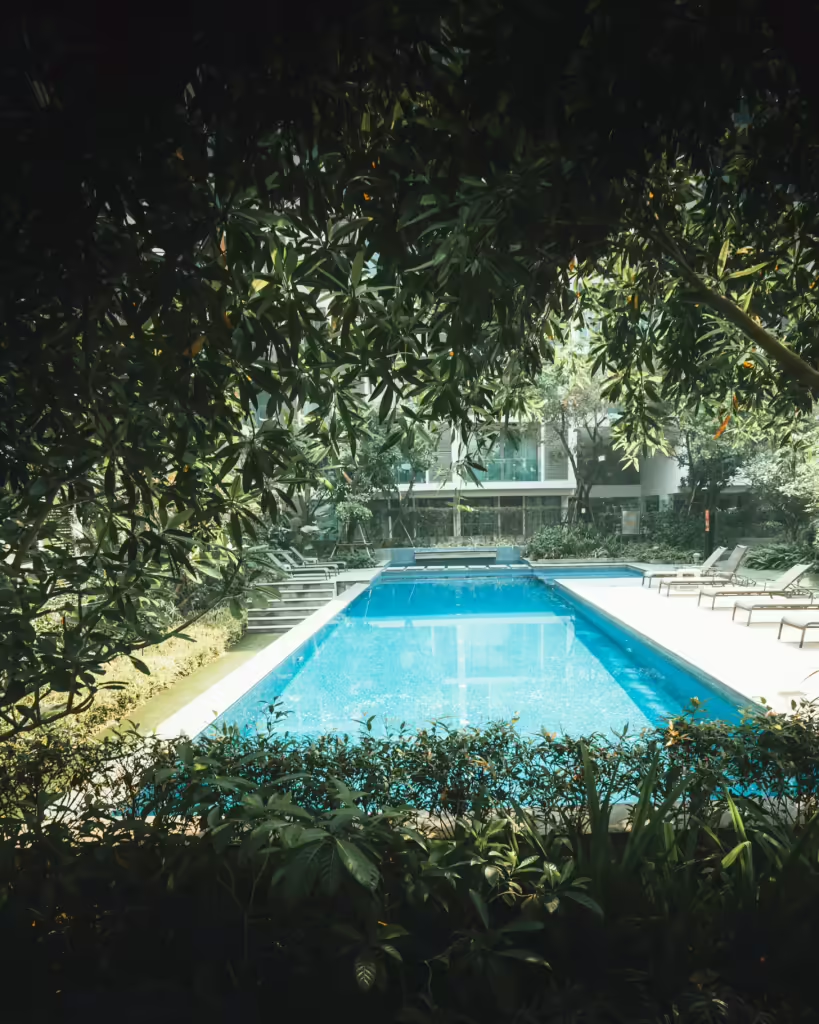Maintaining a pool in San Diego’s sunny climate is a year-round commitment. While regular cleaning and chemical balancing are essential, there comes a time when draining and refilling your pool is necessary.
Knowing when to drain and refill your pool can save you from costly pool repairs near you, whether due to water quality issues, chemical imbalances, or the need for repairs. At Cabana Pools, we’re here to guide you through the process and help you determine the right time to refresh your pool water.
Why Draining and Refilling Your Pool Is Important
Over time, pool water accumulates dissolved solids, chemicals, and contaminants that can’t be removed through filtration or chemical treatments. These impurities can lead to cloudy water, scaling, staining, and even damage to your pool equipment. Draining and refilling your pool improves water quality and ensures your pool remains safe and enjoyable for swimming. Plus, it can help you avoid the need for frequent pool repairs near you caused by neglected water issues.
Signs It’s Time to Drain and Refill Your Pool
1. High Total Dissolved Solids (TDS) Levels
Total Dissolved Solids (TDS) are the combined concentration of all inorganic and organic substances in your pool water. Over time, TDS levels rise due to the addition of chemicals, debris, and swimmers’ contaminants. When TDS levels exceed 1,500–2,000 ppm (parts per million), it’s time to drain and refill your pool. High TDS levels can cause cloudy water, reduce the effectiveness of chemicals, and lead to scaling on pool surfaces.
2. Persistent Water Quality Issues
If your pool water remains cloudy, green, or discolored despite regular cleaning and chemical treatments, it may be time to drain and refill. Persistent algae growth, foul odors, or skin and eye irritation are signs that your water quality has deteriorated beyond repair.
3. Chemical Imbalance
Maintaining proper chemical balance is crucial for pool health. However, if your water consistently requires excessive amounts of chemicals to maintain balance, it may be due to high contaminants. Draining and refilling your pool can reset the chemical balance and make maintenance easier.
4. Calcium Hardness Levels Are Too High
High calcium hardness levels can lead to scaling on pool surfaces, clogged filters, and damaged equipment. If your calcium hardness levels exceed 400 ppm, draining and refilling your pool is the best solution to prevent long-term damage and avoid the need for pool repair near you.
5. Pool Renovations or Repairs
Draining the pool is often necessary if you’re planning to resurface your pool, repair cracks, or replace tiles. This ensures the repairs are done effectively and prevents water from interfering.
6. Seasonal Maintenance
In San Diego, where pools are used year-round, draining and refilling your pool every 3–5 years is a good practice to maintain water quality and prevent buildup of contaminants.
How to Drain and Refill Your Pool
1. Check Local Regulations
Before draining your pool, check local regulations in San Diego. Some areas have restrictions on pool drainage to prevent water waste or environmental damage. You may need to recycle the water or hire a professional service to handle the drainage.
2. Turn Off the Pool Equipment
Turn off the pool pump, heater, and other equipment to prevent damage during draining. Disconnect any automatic cleaners or accessories.
3. Choose the Right Drainage Method
There are several ways to drain your pool, including using a submersible pump, your pool’s built-in drain, or a professional pool service. If you use a submersible pump, place it in the deepest part of the pool and direct the hose to a safe drainage area.
4. Monitor the Draining Process
Monitor the draining process to ensure the water is directed away from your property and neighboring areas. Avoid draining the pool entirely if you have a vinyl or fiberglass pool, as this can cause the liner or shell to shift or crack.
5. Clean the Pool
Once the pool is drained, take the opportunity to clean the surfaces thoroughly. Remove debris, scrub the walls and floor, and inspect for cracks or damage. If you notice any issues, contact a pool repair near you to address them before refilling.
6. Refill the Pool
Refill your pool using a garden hose or a professional water delivery service. If using a hose, place it at the bottom of the pool to minimize air bubbles. Monitor the water level to avoid overfilling.
7. Restart the Pool Equipment
Once the pool is refilled, restart the pump, filter, and other equipment. Test the water and adjust the chemical levels to ensure proper balance.
Benefits of Draining and Refilling Your Pool
1. Improved Water Quality
Fresh water is free from contaminants and dissolved solids, providing a cleaner and safer swimming experience.
2. Easier Maintenance
Starting with fresh water makes it easier to maintain proper chemical balance and reduces the need for excessive chemical treatments.
3. Extended Equipment Lifespan
Reducing the buildup of contaminants and scaling helps protect your pool equipment, saving you from costly pool repairs near you.
4. Enhanced Aesthetic Appeal
Clear, clean water enhances the overall appearance of your pool, making it more inviting for swimmers.
Common Mistakes to Avoid
1. Draining the Pool Completely
For vinyl and fiberglass pools, draining the pool entirely can cause the liner or shell to shift or crack. To maintain its structure, leave a small amount of water in the pool.
2. Ignoring Local Regulations
Failing to comply with local regulations can result in fines or environmental damage. Always check the rules before draining your pool.
3. Skipping the Cleaning Process
Draining your pool provides the perfect opportunity to clean and inspect the surfaces. Skipping this step can lead to ongoing water quality issues.
4. Refilling with Hard Water
San Diego’s water supply is known for its high mineral content. If you’re refilling your pool with hard water, consider using a water softener or adding a sequestering agent to prevent scaling.
When to Call a Professional for Pool Repair Near You
While draining and refilling your pool can be a DIY project, certain situations require professional expertise. If you encounter any of the following issues, it’s time to call a pool repair near you:
- Cracks or damage to the pool surface.
- Malfunctioning pool equipment.
- Persistent water quality issues despite draining and refilling.
- Difficulty draining or refilling the pool due to plumbing issues.
Final Thoughts
At Cabana Pools, we understand the unique challenges of maintaining a pool in San Diego’s climate. Whether you need help draining and refilling your pool, repairing damage, or maintaining water quality, our team of experts is here to help. Don’t let water quality issues lead to costly repairs—contact us today to schedule a consultation and keep your pool in top condition.
By following these tips and trusting the experts at Cabana Pools, you can ensure your pool remains a refreshing oasis year-round. And if you ever need a reliable pool repair near you, we’re just a phone call away.



